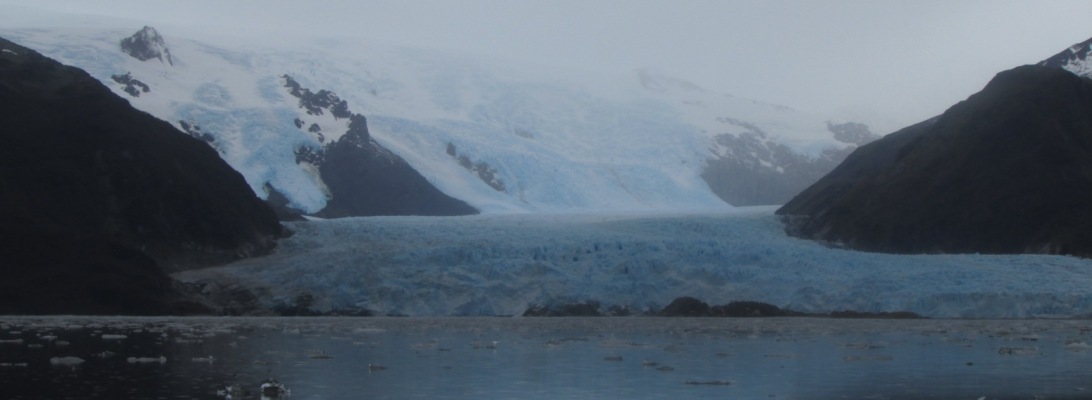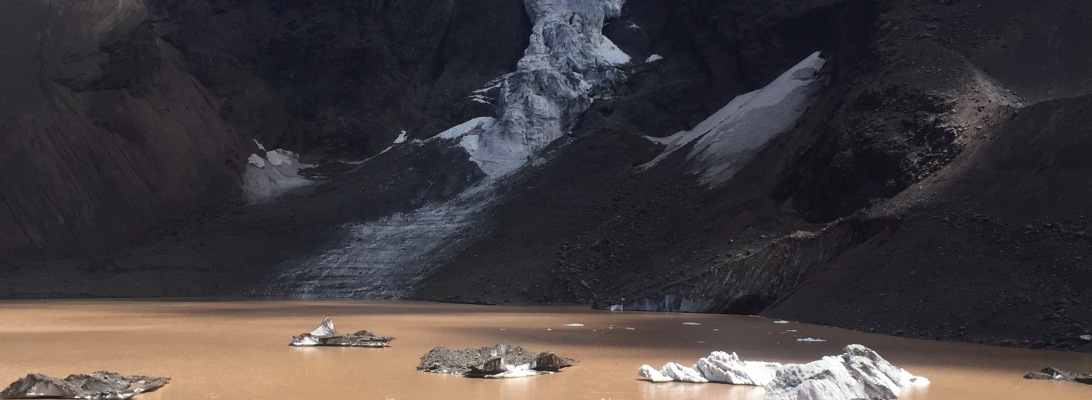Abstract.
The surface energy fluxes of glaciers determine surface melt and their adequate parameterization is one of the keys for a successful prediction of future glacier mass balance and freshwater discharge. Chile hosts glaciers in a large range of latitudes under contrasting climatic settings: from 18° S in the Atacama Desert to 55° S on Tierra del Fuego Island. We found the Patagonian glaciers to experience higher surface melt rates as compared to the glaciers of the Central Andes due to a higher contribution of the turbulent flux of sensible heat, less negative longwave radiation balance and a positive contribution of the turbulent flux of latent heat. Glaciers in the Central Andes melt at higher rates at cloud-free conditions whilst glaciers in Patagonia melt faster on cloudy days. The models underestimated the measured emissivity of the clearsky atmosphere in the Wet Andes. The different parameterizations of the turbulent fluxes of sensible and latent heat show similar variability but different absolute values due to different parameterizations of the transport coefficients and stability corrections. We conclude that when working towards physical melt models it is not sufficient to use the observed melt as a measure of model performance: the model parameterizations of individual components of the energy balance have to be validated individually against measurements.
Schaefer, M., Fonseca, D., Farias-Barahona, D., and Casassa, G.: Surface energy fluxes on Chilean glaciers: measurements and models, The Cryosphere Discuss., https://doi.org/10.5194/tc-2019-51, in review, 2019.




